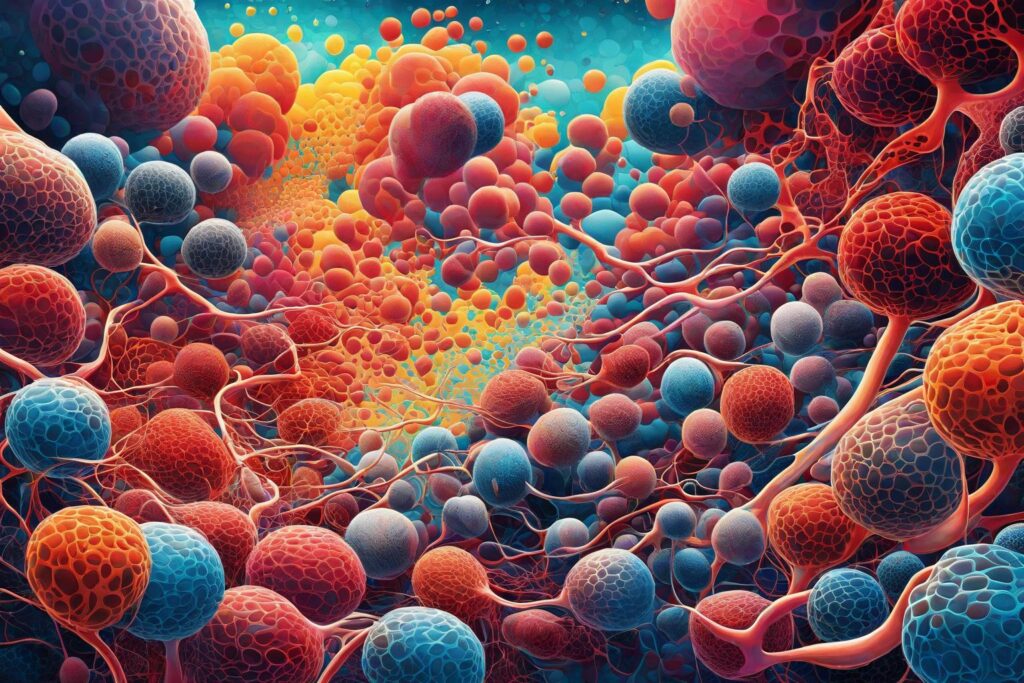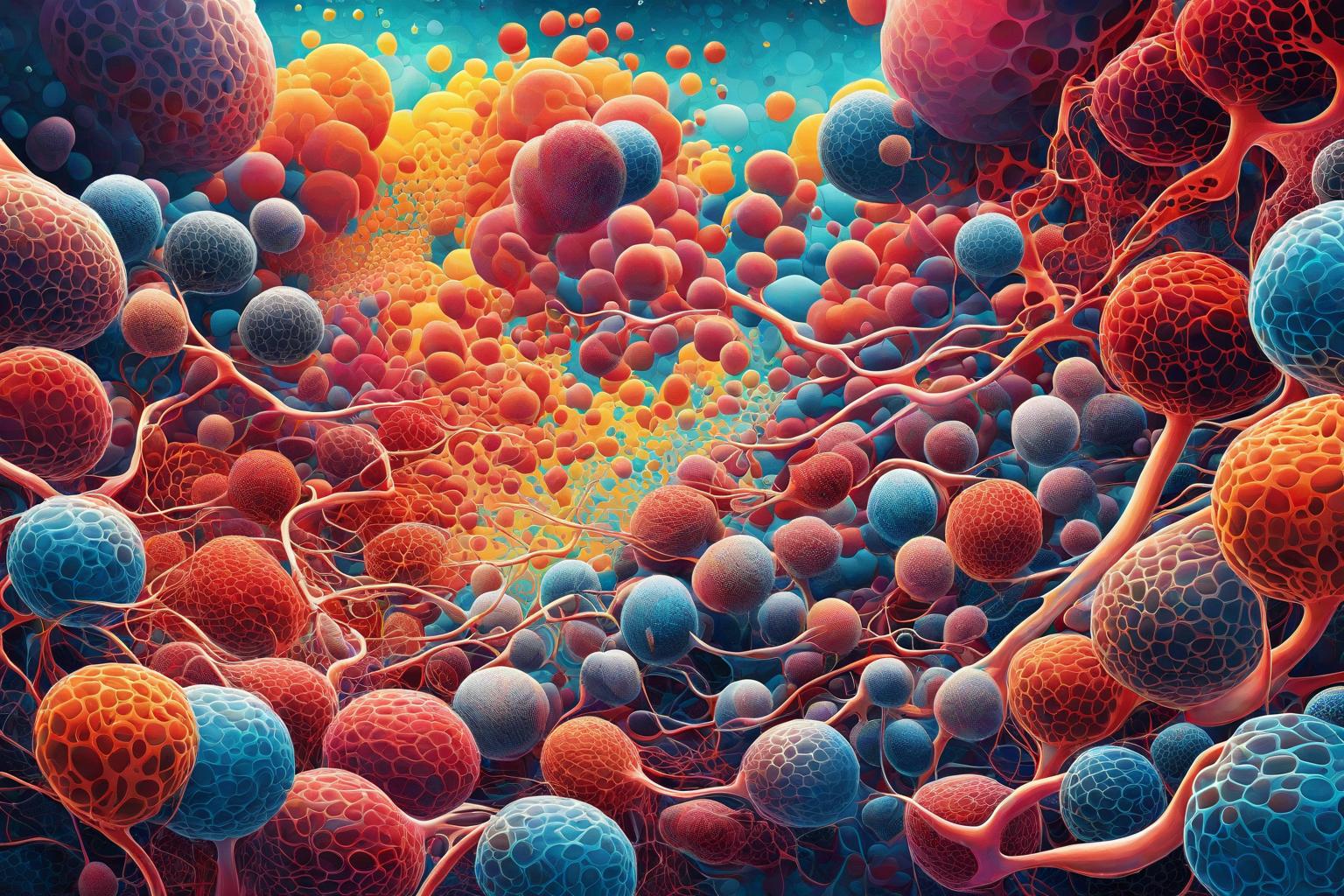Powering Life: How Glucose Fuels Different Organisms

Glucose, the simple sugar we often associate with carbohydrates, is the lifeblood of most living things. It’s the primary fuel that keeps our cells humming, providing the energy we need to move, grow, and thrive. But how exactly does this tiny molecule get converted into the power that drives life? And is the process the same for all organisms? Buckle up, curious minds, because we’re about to delve into the fascinating world of glucose oxidation!
Table of Contents
The Two Main Routes: Aerobic vs. Anaerobic Respiration
At the heart of glucose oxidation lie two major pathways: aerobic and anaerobic respiration. The key difference? You guessed it – oxygen!

- Aerobic respiration: This is the “champion” of energy production, happening in most organisms with mitochondria (those powerhouses within our cells). It requires oxygen to completely break down glucose into carbon dioxide, water, and a hefty dose of ATP (adenosine triphosphate), the cellular currency of energy. Think of it as the slow and steady burner, maximizing energy output.
- Anaerobic respiration: When oxygen is scarce, some organisms switch to this alternative pathway. It’s like a quick sprint to get some energy, but not as efficient as aerobic respiration. Depending on the organism, anaerobic respiration can produce various byproducts like ethanol, lactic acid, or even methane. While it generates less ATP, it allows organisms to survive in oxygen-deprived environments, like yeast during fermentation or our muscles during intense exercise.
Variations on a Theme: A Glimpse into the Diversity
While aerobic and anaerobic respiration are the main players, there’s a fascinating diversity in how different organisms utilize them. Here are a few examples:
- Plants: They photosynthesize glucose from sunlight and carbon dioxide, then use both aerobic and anaerobic respiration for different needs.
- Bacteria: Some bacteria are true aerobic champions, thriving in oxygen-rich environments. Others are anaerobic superstars, like methanogens in swamps who produce methane as a byproduct.
- Animals: We primarily use aerobic respiration, but our muscles can switch to anaerobic lactic acid fermentation during strenuous activity.
Beyond Glucose: Fueling Different Lifestyles
While glucose is a common fuel, not all organisms rely on it solely. Some bacteria can oxidize other organic molecules like methane or even inorganic compounds like sulfur for energy. This incredible metabolic diversity highlights the amazing adaptability of life on Earth.
Unraveling the Mystery: Why Does It Matter?
Understanding how organisms extract energy from glucose has far-reaching implications. It’s crucial for fields like:
- Medicine: Studying anaerobic respiration can help us understand diseases like lactic acidosis and develop treatments for muscle fatigue.
- Biotechnology: Engineering microbes for biofuel production or waste cleanup relies on manipulating their metabolic pathways.
- Ecology: Understanding how organisms respond to changing oxygen levels is vital for predicting the impact of climate change on ecosystems.
The Takeaway: A Sugar-Fueled Symphony of Life
The story of how glucose fuels different organisms is a testament to the elegance and diversity of life. It’s a complex interplay of biochemical pathways, environmental adaptations, and evolutionary ingenuity. So next time you bite into that apple or take a deep breath, remember the invisible dance of glucose oxidation happening within you and countless other living things – a beautiful symphony of life-powered by a simple sugar molecule.

